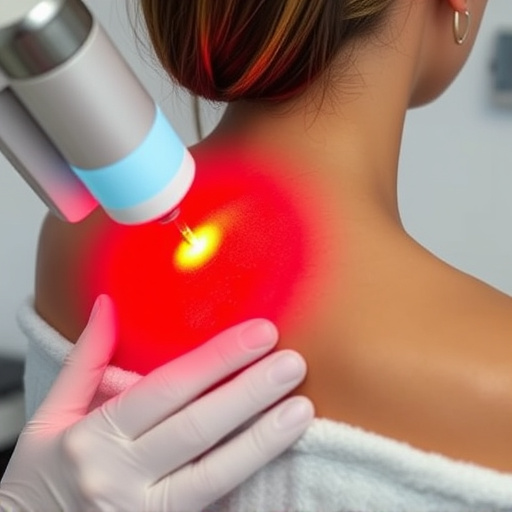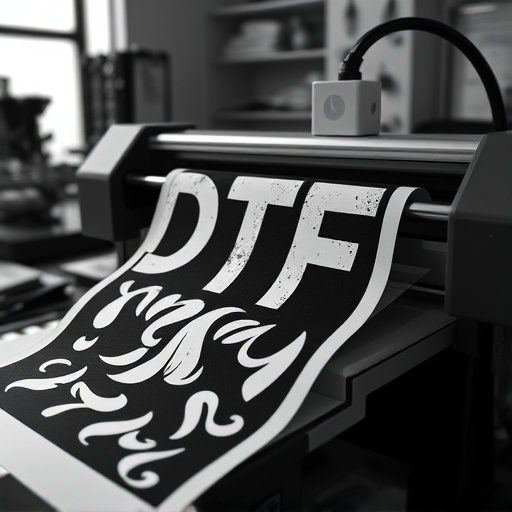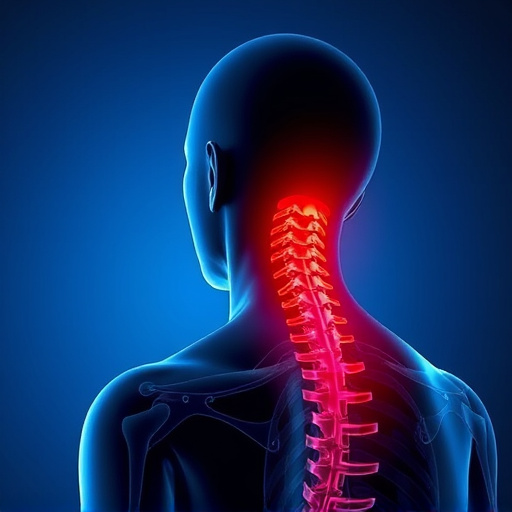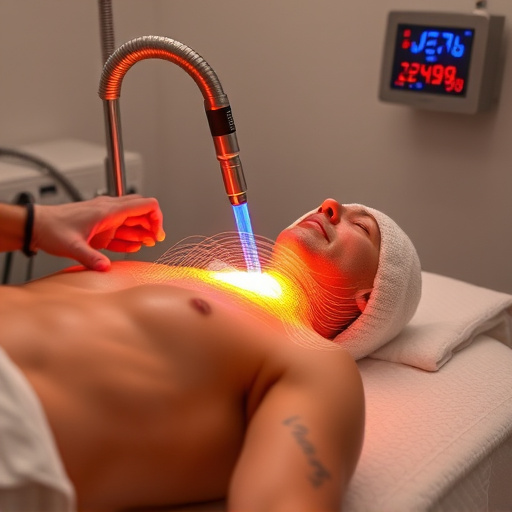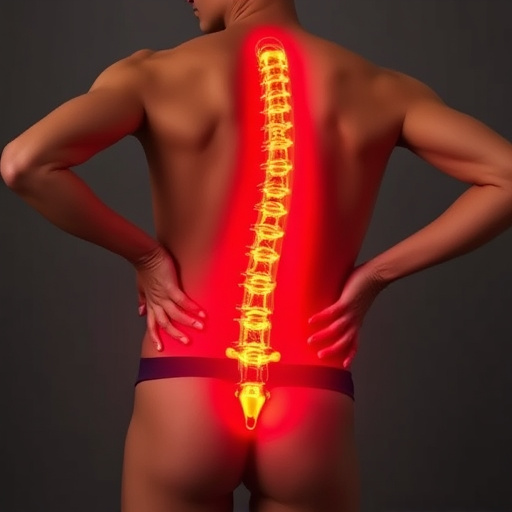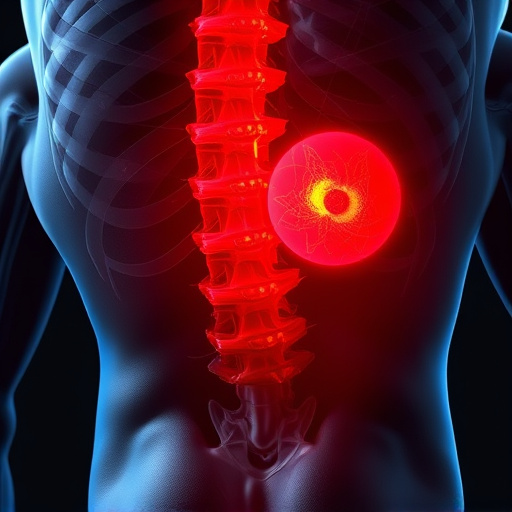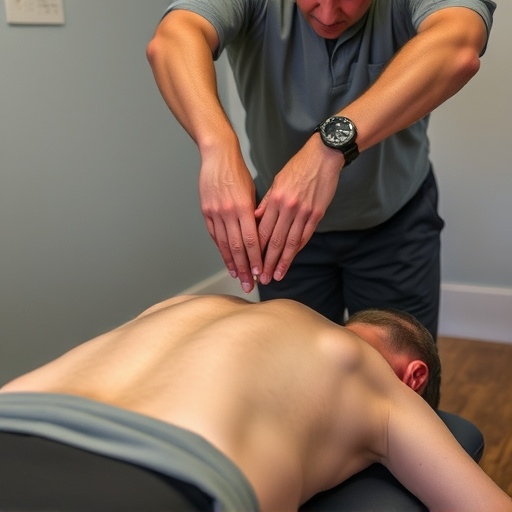Post-accident rehabilitation focuses on personalized therapy for physical and emotional recovery. Multidisciplinary approach includes physical, occupational therapy, and spinal adjustments with holistic pain management. Customized programs target specific injuries, enhancing mobility, independence, and long-term quality of life, preventing future issues.
Post-accident rehabilitation is a crucial step towards reclaiming mobility and independence. This comprehensive guide explores the essential aspects of post-accident rehabilitation, focusing on tailored therapy for optimal recovery. We delve into long-term strategies that enhance mobility, ensuring individuals can navigate their world with renewed confidence. Understanding individual needs and implementing customized approaches are key to successful outcomes, leading to improved quality of life.
- Understanding Post-Accident Rehabilitation Needs
- Customized Therapy for Optimal Mobility Recovery
- Long-Term Strategies for Enhanced Mobility and Independence
Understanding Post-Accident Rehabilitation Needs
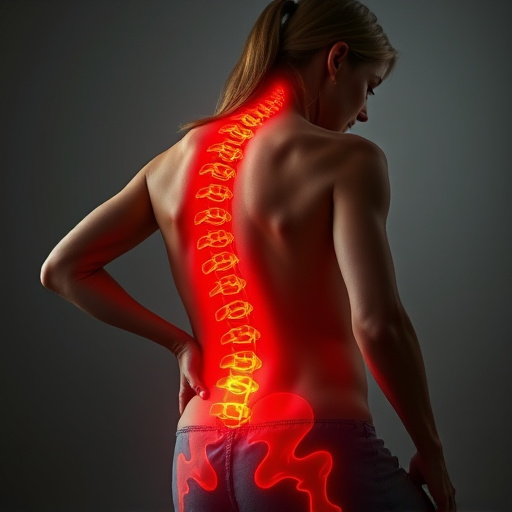
After an accident, understanding individual rehabilitation needs is paramount for effective post-accident rehabilitation and long-term mobility improvement. Every individual experiences unique physical and emotional effects, necessitating tailored interventions. Rehabilitation plans should focus on addressing not only physical injuries but also psychological impacts, such as fear or anxiety related to movement.
Effective post-accident rehabilitation involves a multidisciplinary approach, incorporating various treatments like physical therapy, occupational therapy, and even spinal adjustments for neck pain treatment. Pain management is crucial throughout the process, utilizing techniques beyond medication, including exercise and relaxation strategies, to foster holistic healing and enhance mobility.
Customized Therapy for Optimal Mobility Recovery

Post accident rehabilitation plays a pivotal role in restoring mobility and enhancing quality of life for individuals recovering from various physical setbacks. Customized therapy approaches are essential to achieving optimal results, as every patient’s journey is unique. This personalized treatment plan considers not just the immediate injuries but also any co-morbid conditions or chronic pain relief needs that might complicate the recovery process.
Specialized rehabilitation programs often target specific musculoskeletal injuries, such as neck pain treatment, through a combination of physical therapy, exercises tailored to strengthen and stretch affected areas, and sometimes even innovative techniques like gait re-training. These strategies are designed not just to restore movement but also to improve overall function and independence, ensuring patients can navigate their daily routines with greater ease and confidence.
Long-Term Strategies for Enhanced Mobility and Independence
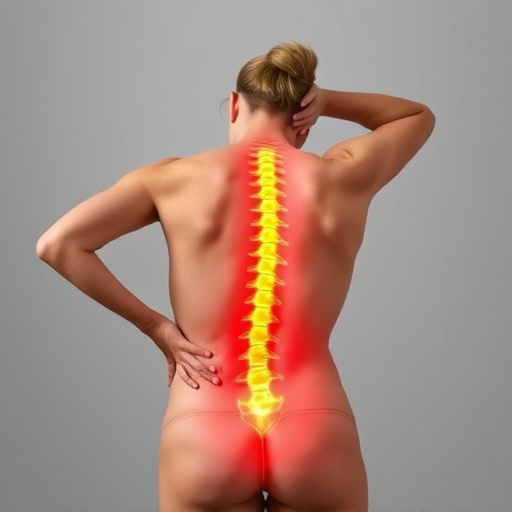
Post accident rehabilitation plays a pivotal role in developing long-term strategies for enhanced mobility and independence. Customized programs tailored to individual needs are essential. These programs often include physical therapy, exercise routines, and adaptive technology to help patients regain strength, flexibility, and control. The goal is not just to recover from the immediate effects of the accident but to prevent future injuries and promote a higher quality of life.
For individuals dealing with conditions like herniated discs or sciatica, these rehabilitation strategies become even more critical. By focusing on core strengthening, flexibility exercises, and pain management techniques, patients can experience significant mobility improvement. Additionally, incorporating advanced treatments such as spinal decompression therapy or specialized physical modalities can offer alternative solutions for conditions like herniated discs, potentially reducing the need for invasive procedures and fostering greater independence in the long run.
Post-accident rehabilitation is a transformative journey towards enhanced mobility and independence. By understanding individual needs, customizing therapy, and implementing long-term strategies, individuals can achieve significant improvements in their physical capabilities. This holistic approach ensures not just short-term recovery but also empowers folks to navigate their daily lives with greater ease and confidence, marking a new chapter of improved mobility and a stronger, more resilient self.

